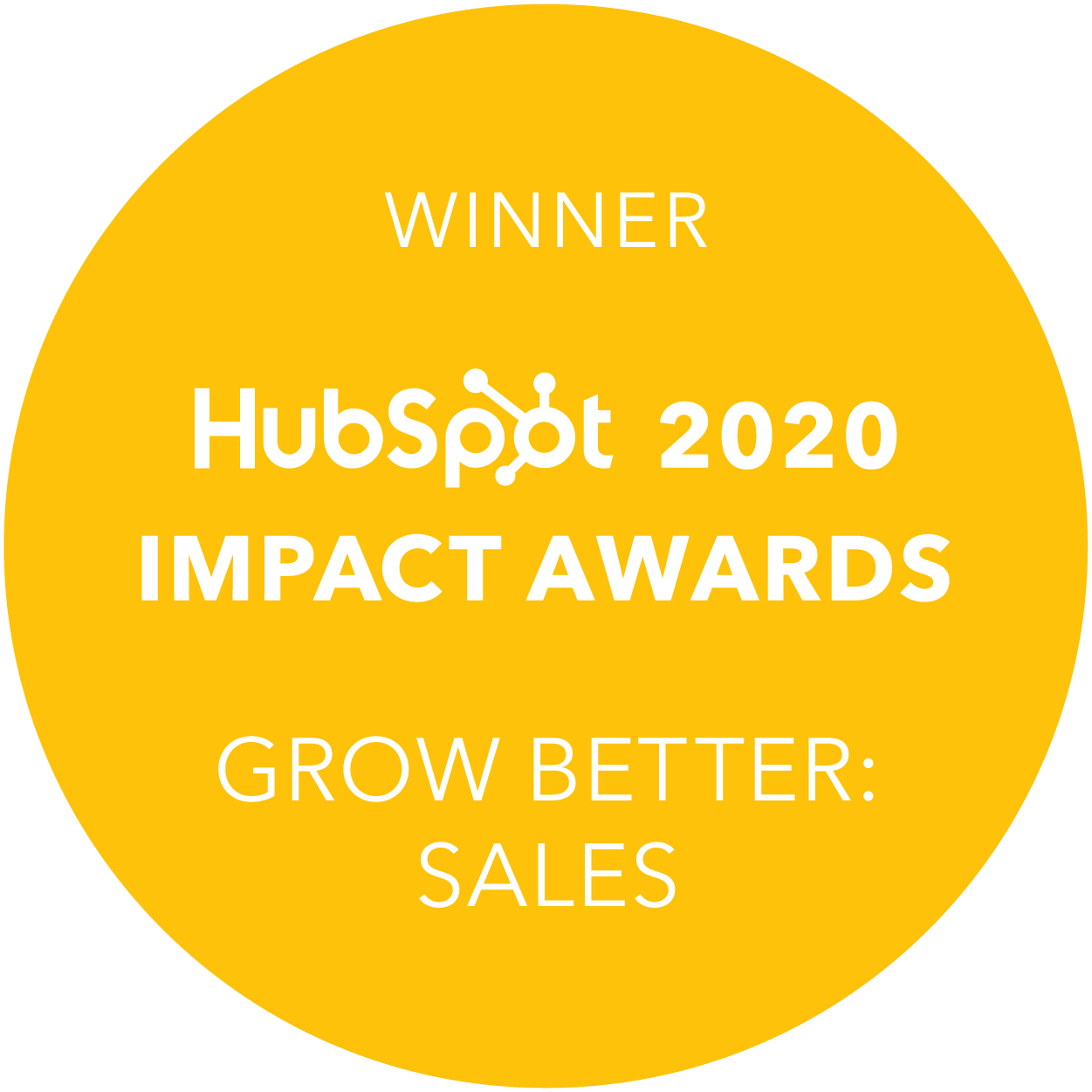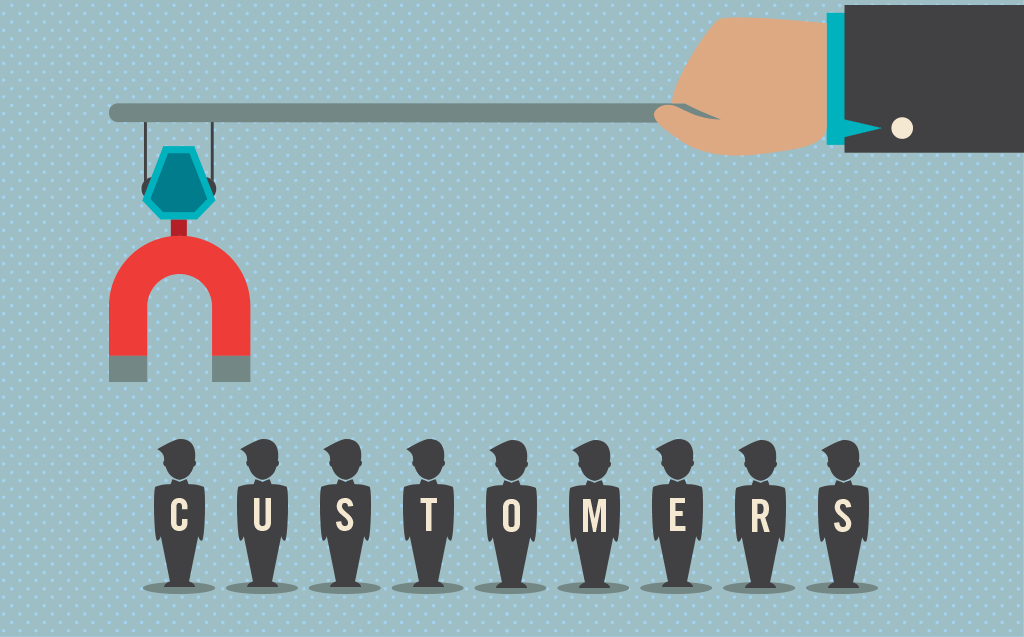Do you own, run or manage a tech startup? If so, you’re likely forever thinking up unique ways to attract people to your business.
You want prospects flocking to your website by the millions and you wish each and every one of them (however unrealistic that wish may be) rejoiced in the magic of your technological innovation as much as you do.
The harsh reality is that, for most startups, they don’t. 90% of startups fail and the product/service is not always to blame. More often than not, startups fail because they are unable to execute an effective lead generation strategy.
What is lead generation?
Lead generation is the process of attracting and converting strangers and prospects into leads. Leads are potential customers who have expressed some interest in your product or company and have provided contact information you can use to follow up with more information. Generating a steady supply of new leads for sales to kickstart relevant conversations is a critical part of developing a profitable business. Yet, only 1 in 10 marketers say their lead generation efforts are highly efficient and effective.
61% of B2B marketers blame a lack of resources, such as staff, funding, and time as the biggest obstacle to successful lead generation. But what about the 10% of startups experiencing wild success and rapid growth? What are they doing to fill their pipeline with well-educated, deep-pocketed, ready-to-buy prospects? Is it all a game of luck? Sorcery? Voodoo?
Not exactly. If you’re not getting the kinds of leads you need to increase revenue and exceed your goals there’s a logical reason. Here are five lead generation ideas that can help make life a little easier for your.
1) Create amazing offers for all different stages of the buying cycle.

You know who’s great at lead generation? Fishermen. They vary their bait depending on the fish they aim to catch. They know that bass, for example go after earthworms. Carp love corn. Crappie respond well to rubber lures. Fishermen also adjust their technique depending on the time of day, the water conditions, and the season. They soak up as much information as possible about the fish and it’s environment, ultimately using their learnings to attract and, hopefully, hook.
To attract the right kind of leads, it’s essential you do the same with your prospects. Use the knowledge you gathered from your buyer persona research to align your unique value proposition with your ideal customers pain points. Based on that knowledge, create content around those pain points and distribute it through the necessary channels that will serve your customers best at each stage of the buyer's journey.
For example, if you own a SaaS startup, you might offer an informational piece like an ebook or a guide to educate top of the funnel buyers. Whereas someone who's more familiar with your company and near the bottom of the cycle might be more interested in a 30 day free trial to explore the benefits of your product.
Regardless of the stage they are at, the key is to make the offer so attractive that your website visitors can't help but click to download the resource, just like the fish tugging on the bait.
2) Increase the number of opt-in offers on your site.
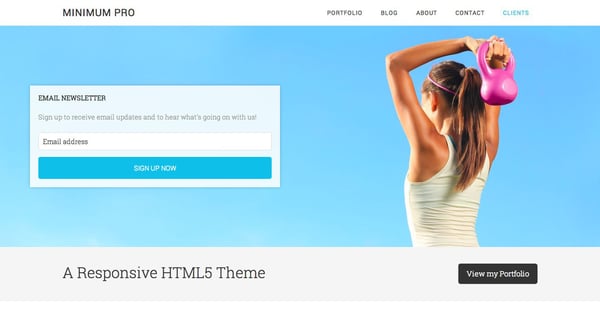
An effective lead generation strategy will turn every piece of content into an opt-in offer. You don't have to rely exclusively on the signup forms on your sidebar or at the end of every blog post, although those are great places to focus on. You can scatter them all across your site. Essentially, the more irresistible opt-in opportunities on your site, the more signups you’ll get and the more contacts you’ll have to fill your pipeline as a result.
You may think anymore than one or two is considered over doing it. This simply isn’t true. Readers have a short attention span. So if you have an opt-in form on the top of your page, it’s already forgotten about by the time they scroll down. The important thing is that they are unobtrusive and hassle free. The last thing you want is your clunky sign-up form getting in the way of your prospect becoming a qualified lead.
The best practice is to minimise the number of required fields and only ask for the information that your sales team really needs. For B2B marketers, the ideal number of fields on web registration and download forms is between three and five for 79% of respondents. If your form is too demanding, you’ll be scaring off potential leads on a regular basis.
Proving a valuable piece of content such as a white-paper or eBook in exchange for a prospects contacts details ensures compliance with the GDPR whilst benefiting from inbound leads which cost 61% less than outbound. This will help you to quickly grow your contact list and kick-off the lead generation process.
3) Link your CTA to a dedicated landing page.
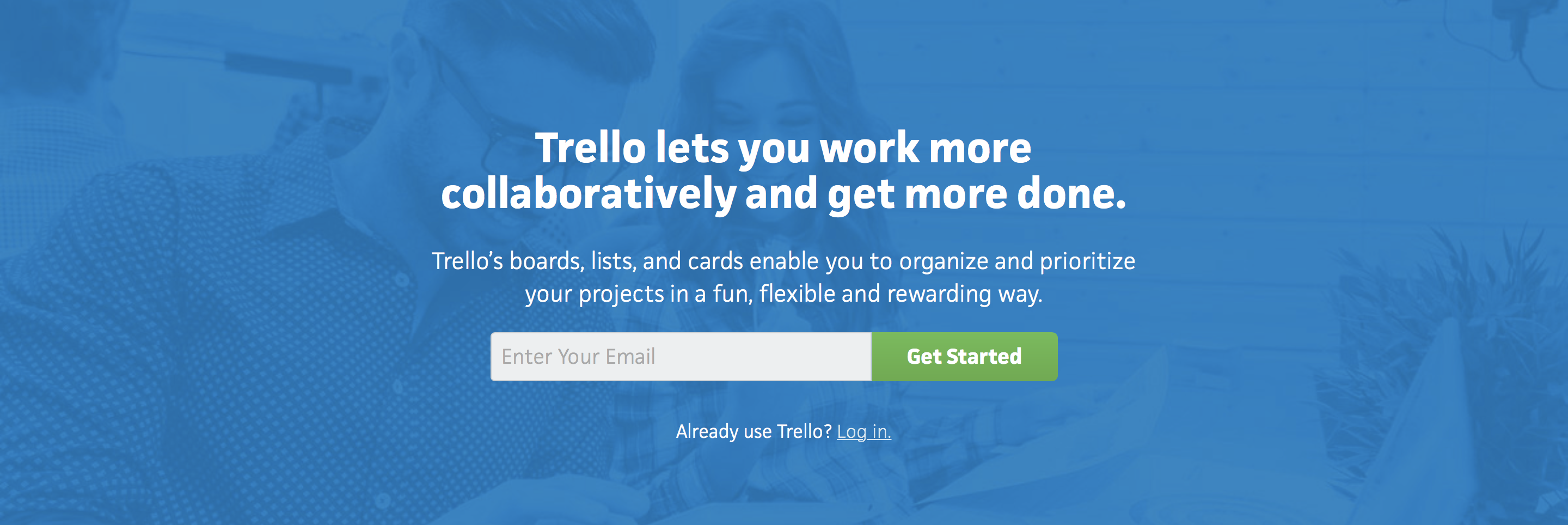
A CTA is a call-to-action. CTAs are meant to send visitors to a dedicated landing page where they receive a specific offer. Yet many marketers fail to create dedicated landing pages for their offers.
Don't use CTAs to drive people to your homepage, for instance. Even if your CTA is about your brand or product (and perhaps not an offer like a download), you should still be sending them to a targeted landing page that's relevant to what they are looking for, whether it's a feature-specific landing page for your product, or something else. If you have the opportunity to use a CTA, send them to a page that will convert them into a lead.
4) Optimise your landing page.
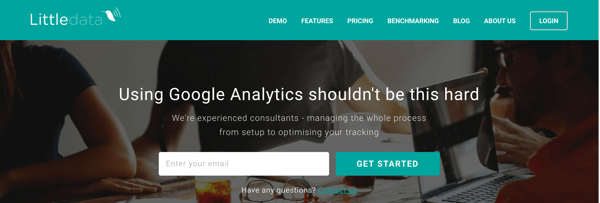
Let’s briefly return to the fisherman metaphor we touched on at the beginning. Think of the your call to action (CTA) as the bait and your landing a page as the fishing net. CTA’s are designed to lure the prospect in and convince them to take some sort of action, as does bait. A landing page aims to capture the lead once they take that action, much like a fishing net. The more fishing nets a fisherman has, the more chance of catching fish. Likewise, the more landing pages, the higher chance you have of generating leads. According to a HubSpot survey, companies with 30+ landing pages on their website generated 7X more leads than companies with 1 to 5 landing pages.
If your landing page is terrible at converting, it’s likely that you have a few holes in your net. There are two main causes for missing lead generation opportunities on your landing page.
- Design
- Optimisation
Design:
If it’s cluttered, confusing and aesthetically unappealing, prospects will be reaching for the back button quicker than you can say “bounce rate”.
- Make sure your headline is concise and clear.
- Provide important details about your product.
- Ensure your call to action stands out.
- Display testimonials.
- Reduce your navigation and link options.
- An image or video can convert better than text.
- Break down the benefits of your solution into bullet points.
- Third party verifications play a huge effect on conversions.
Optimisation:
Optimising your landing pages for lead generation means leveraging text that captures the attention of both search engines AND humans. Bare the following in mind when optimising your landing page.
- Compelling, keyword focused title tag.
- Concise, fascinating meta description.
- Strong keyword, focused headline.
- Scannable content using correct HTML tags.
- Clean layout and images.
- Easy to use social media sharing.
- Call to action.
5) Use social media strategically.

While marketers typically think of social media as best for top-of-the-funnel marketing, it can still be a helpful and low-cost source for lead generation. By spending as little as six hours per week, 66% of marketers see lead generation benefits with social media.
Start by sharing links on your social channels to high performing landing pages. Make sure you make it clear to visitors that you're sending them to a landing page, though. That way, you're setting expectations fairly. Here's an example from one of our Facebook posts.
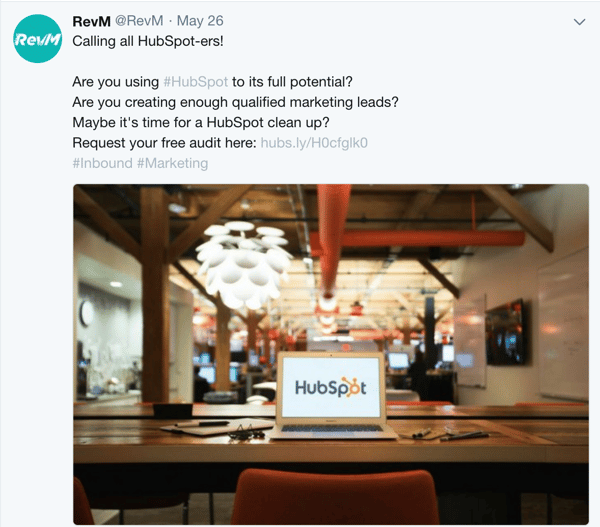
People like contests. Running one on social media is a great way to engage audiences and learn more about your ideal customers in the process. To attract participants offer an incentive like a free giveaway. “What, like a free pen?” No, not like a free pen. Like something that is actually valuable enough for people to bother entering the contest. The key is to make it valuable specifically to the people who have the highest potential to become your customers, and not much value to anyone else. Inviting people to like and share the post as a means of entering is also a good way to increase brand awareness.
Social media channels such as Facebook have tonnes of great features built in that will help you with social selling. Take advantage of the Facebook custom tabs that allow you to direct visitors from your Facebook page to landing pages on your website. Making it easy and straightforward increases the chances that people will follow through to your website.
Conclusion
Whether your lead generation is through a series of email campaigns which leverage strong call-to-actions, landing pages and valuable content offers, or through the automation of precisely targeted ads, search engine optimisation, and social media. One thing is key, everything from the email, landing page and call-to-action visual designs, through to the content offer itself, needs to be targeted across every touchpoint that your prospect has with your company. The more you tweak and test every step of your inbound lead generation process, the more you'll improve lead quality and increase revenue.

.png?width=200&height=67&name=RevM%20Digital%20Marketing%20Agency%20Woking%20Surrey%20(1).png)

